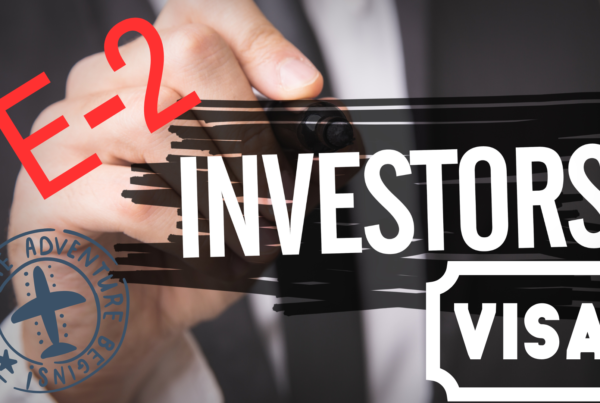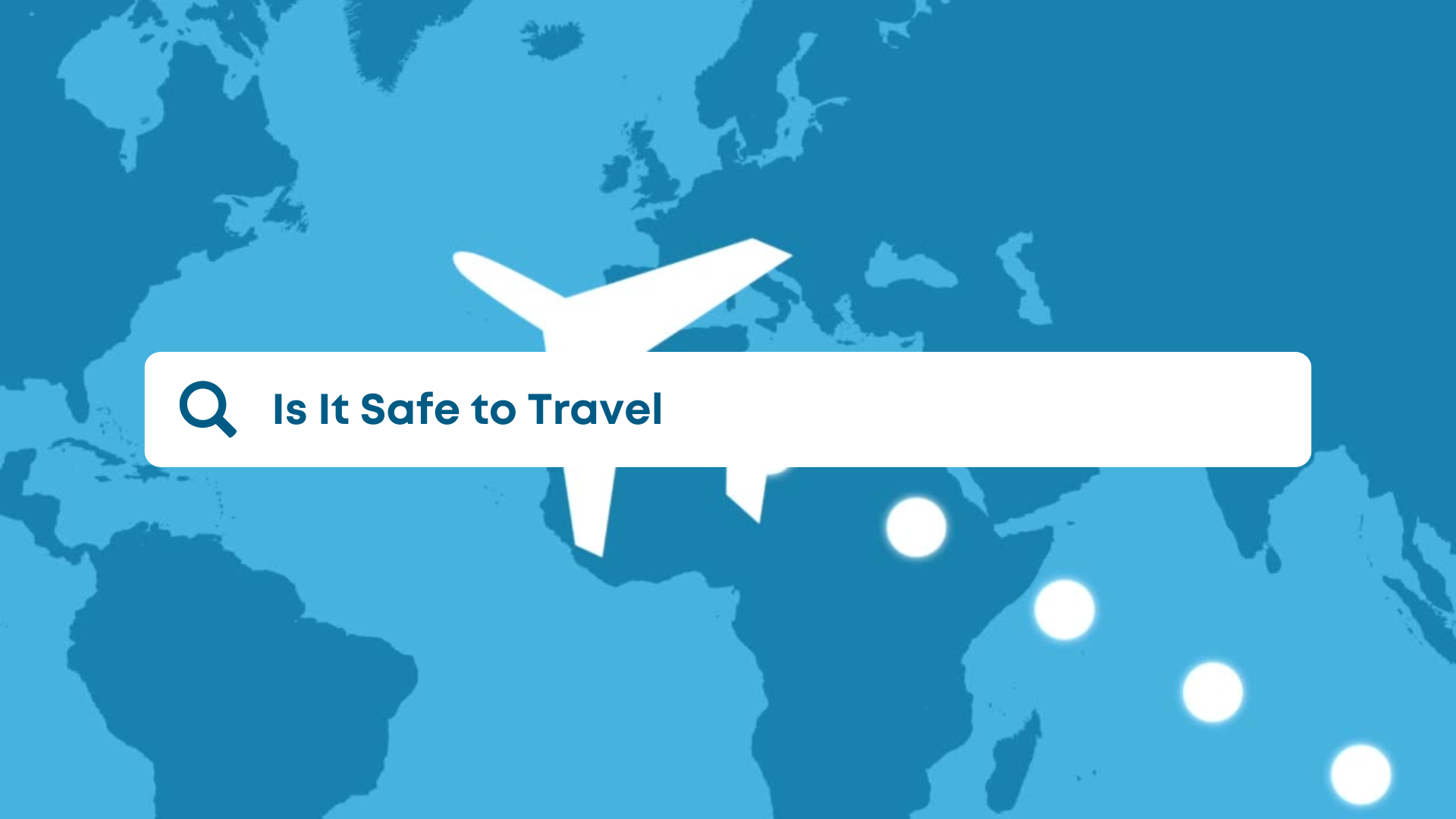If you are in the U.S. on a student visa, you may be able to continue living and working in the U.S. through Optional Practical Training (OPT) once your studies have been completed. Here are some things you need to know about coming to the U.S. to study and work.
First, you must be accepted for full-time studies at a school such as a college, university, seminary, conservatory, or other academic institution that qualifies. Second, you must show that you have the financial resources to pay for your education and your stay in the U.S. And third, you must show that you have no intent to remain in the U.S. long-term which can be demonstrated by the fact that you have a place of residence to go back to and family or personal ties to your home country.
If you are married and/or have children under 21, they can accompany you to the U.S., however, be aware that your spouse or child will not be eligible for a work permit. Your child can attend public school up to grade 12 and if they wish to attend school beyond that, they will have to apply for their own F-1 Student Visa. The decision to bring a spouse or child with you will affect your ability to pay for all the expenses associated with school and living costs, therefore, careful planning in advance is required on your part to make sure that you can demonstrate to USCIS (United States Citizenship and Immigration Services) that you have enough money to handle this.
The school you are accepted to will provide you with the form you need to take to the U.S. Embassy or Consulate to apply for your F-1 Student Visa. Then there will be further documentation required on your part. If you are already in the U.S. on a different visa, for example, a B-1 or B-2 Visitor Visa, then you will need to be very careful about the timing for when you apply. This is because of the agreement that you made when you applied for your visitor visa which is that you had no intent to remain in the U.S. If you were to apply for an F-1 Student Visa within 30 days of entering the U.S. under a B-1 or B-2 Visa, then USCIS would consider this fraudulent. By consulting with an immigration attorney well before you make your plans, you can alleviate any bumps along the way, thus maximizing your chances for success.
Once you have been in your full-time program of study for one full year, you are eligible to apply for Optional Practical Training (OPT). The type of work that you do must be directly related to your major area of study and you will need a favorable recommendation from your foreign student adviser at your school. You can begin to work after your completion of one full academic year by working during the summer months when school is out, or, what most students do is wait until their program of study ends to begin working full-time.
The period of time you can work under OPT is 12 months, therefore, any time worked in the summer months while school is out will be deducted from the 12 month allotment. If you are enrolled in a STEM program (Science, Technology, Engineering, Math) then you can begin with a 12 month OPT and after that, your degree from a STEM program will qualify you for a 17 month extension! That’s a lot of time for working in the U.S. This gives employers more time to recruit for talented foreign workers in these specialized fields so that they can apply for H-1B visas giving the worker an additional 6 years of working in the U.S. on top of the OPT. (Read more about how to qualify for an H-1B visa here).
In order to qualify to work in the U.S., you will need to file for an employment authorization or “work permit card.” If you don’t get your work permit in time for your job start date, you will have to wait before you can begin to work for the employer. However, the clock will be ticking to count down the 12 months allowed under OPT and USCIS will not give you an extension if your work permit takes longer than expected. Be sure to discuss any employment plans with your immigration attorney so that you can take full advantage of the OPT work period allowed.
Now, this is not the only way you can work in the U.S. while on a student visa. If you can find a job on campus, you would not need USCIS approval, however, you are limited to working only 20 hours/week. This job would also have to be the type that would not displace a U.S. resident, therefore, look to whether the job has traditionally hired students in the past. Or, your area of study might include a job on campus as part of a fellowship, scholarship, or post-doctoral research appointment, which in that case, you could also work up to 20 hours/week without USCIS approval.
There is much to think about and plan for if you are considering coming to the U.S. to study and eventually work. Foremost is the expense, since foreign student tuition can be costly. Do your research to find the most cost-effective school program that you can afford. They do exist and you have the opportunity to take advantage of all the wonderful resources that so many states have to offer. Also, keep in mind that your chances of success are higher if you can obtain a degree from a STEM program. Doctors, scientists, biologists, chemists, engineers, and computer programmers/software developers are highly in demand. Study hard and you can achieve your dreams to live and work in the U.S. for many years to come, or maybe even permanently.
Image credit: Stockimages by Freedigitalphotos.net









